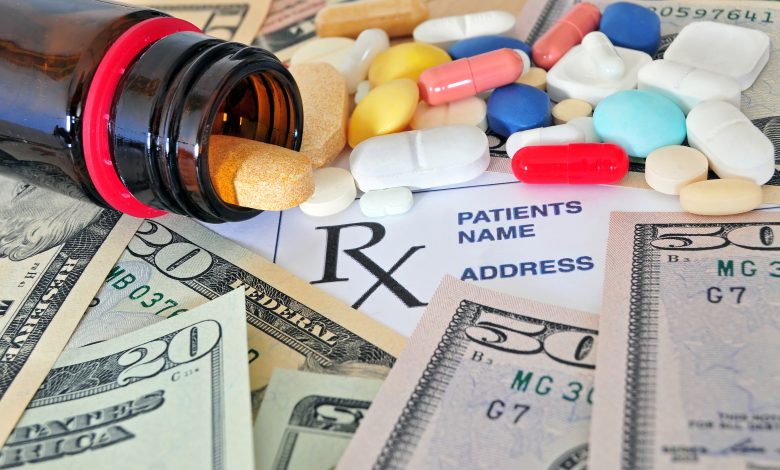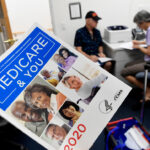Prescription Price Surge: AARP Study Exposes Tripled Costs of Medicare Part D Drugs

The escalating cost of prescription drugs in the Medicare Part D program has raised significant concerns, as revealed by a report from the AARP on August 10th. The study found that the list prices of the 25 most popular Medicare Part D drugs have surged more than threefold since their initial introduction to the market. This revelation highlights a troubling trend of pharmaceutical price inflation that has disproportionately affected the elderly population reliant on these medications.
AARP’s research indicated that the price hikes were not uniform across all drug categories. Drugs with more than 20 years on the market exhibited a staggering average price increase of 592 percent, shedding light on the concerning practice of continuously raising prices for long-standing medications. Similarly, drugs aged between 16 and 20 years witnessed an average price surge of 266 percent, indicating that even drugs with well-established histories are not exempt from dramatic price escalations. Medications with less than 12 years on the market experienced a comparatively lower increase of 58 percent.
Of particular concern is that the majority of these drug prices outpaced the general inflation rate. To address this issue, the Inflation Reduction Act has been introduced, aiming to counter the excessive price hikes by imposing tax penalties on drug manufacturers whose Medicare prescription drug prices surpass the inflation rate. The Act seeks to establish a mechanism that curtails the unchecked escalation of medication costs.
The report also highlighted the forthcoming Medicare Drug Price Negotiation Program, which aims to tackle the issue of high drug prices by enabling Medicare to negotiate prices directly with pharmaceutical manufacturers. The U.S. Department of Health and Human Services (HHS) is set to disclose the first 10 Medicare Part D drugs that will be subject to this negotiation program by September 1st. This initiative holds promise in providing the government with a more active role in controlling drug prices and making vital medications more affordable for beneficiaries.
In response to the AARP report, the Pharmaceutical Research and Manufacturers of America (PhRMA), a lobbying group representing drug manufacturers, contested its findings. PhRMA argued that the report neglects the role of insurers and pharmacy benefit middlemen, who often negotiate substantial rebates and discounts on medications. The group claimed that these entities contribute to forcing seniors to bear a larger portion of the cost burden while profiting from these negotiations. They further asserted that the AARP, an influential organization representing seniors, may have biases due to its financial relationships with insurers.
The ongoing debate over the pricing of Medicare Part D drugs underscores the urgency of addressing the affordability of prescription medications for the elderly population. As the issue garners attention from policymakers, industry stakeholders, and advocacy groups, the challenge lies in finding effective solutions that strike a balance between maintaining innovation in the pharmaceutical sector and ensuring equitable access to essential medications for the aging population.
Some drugs that were often prescribed and covered under Medicare Part D include:
1. Atorvastatin (Lipitor): A statin used to lower cholesterol levels.
2. Levothyroxine (Synthroid): A medication for hypothyroidism.
3. Metformin (Glucophage): A common medication for type 2 diabetes.
4. Lisinopril (Prinivil, Zestril): An ACE inhibitor used to treat hypertension.
5. Amlodipine (Norvasc): A calcium channel blocker used for hypertension and angina.
6. Omeprazole (Prilosec): A proton pump inhibitor for acid reflux and ulcers.
7. Sertraline (Zoloft): An antidepressant of the selective serotonin reuptake inhibitor (SSRI) class.
8. Hydrocodone/Acetaminophen (Vicodin): A combination pain medication.
9. Atenolol (Tenormin): A beta-blocker used to treat hypertension and other heart conditions.
10. Alprazolam (Xanax): A benzodiazepine used to treat anxiety and panic disorders.
Please keep in mind that this is not an exhaustive list, and the popularity of drugs can vary over time. Additionally, the specific medications covered under Medicare Part D can depend on the plan you choose, and formularies may change from year to year. Always refer to the most current information provided by Medicare or your chosen Part D plan for accurate and up-to-date coverage details.





